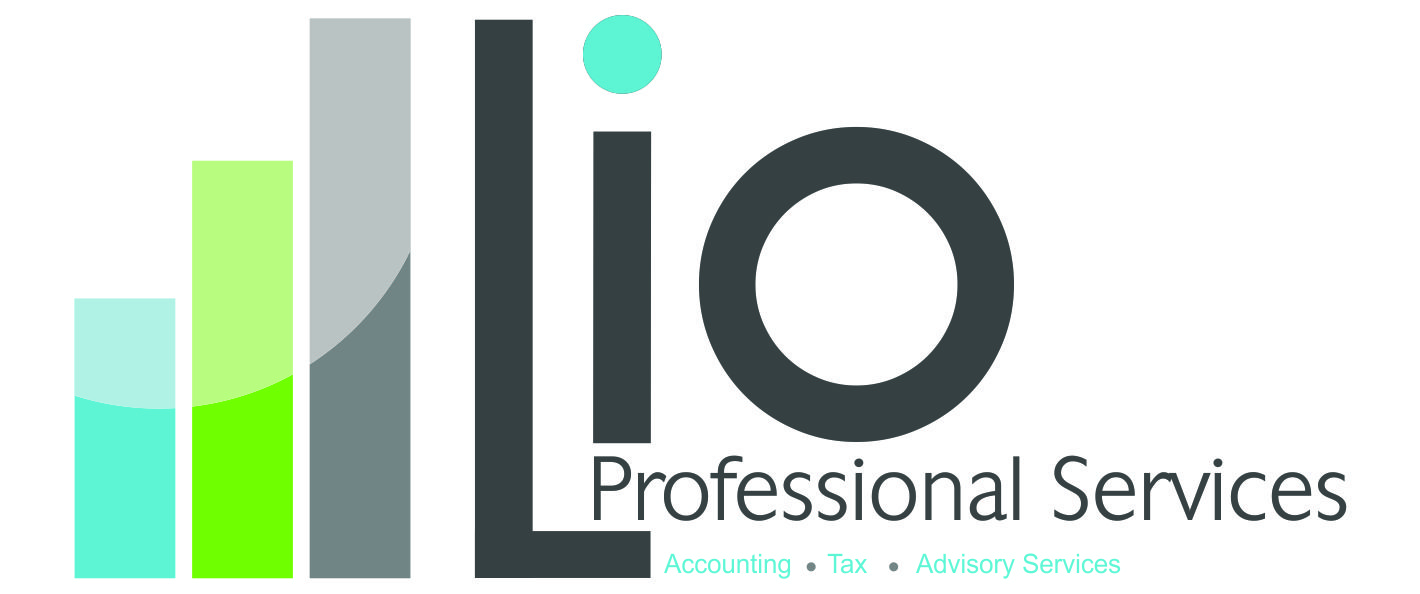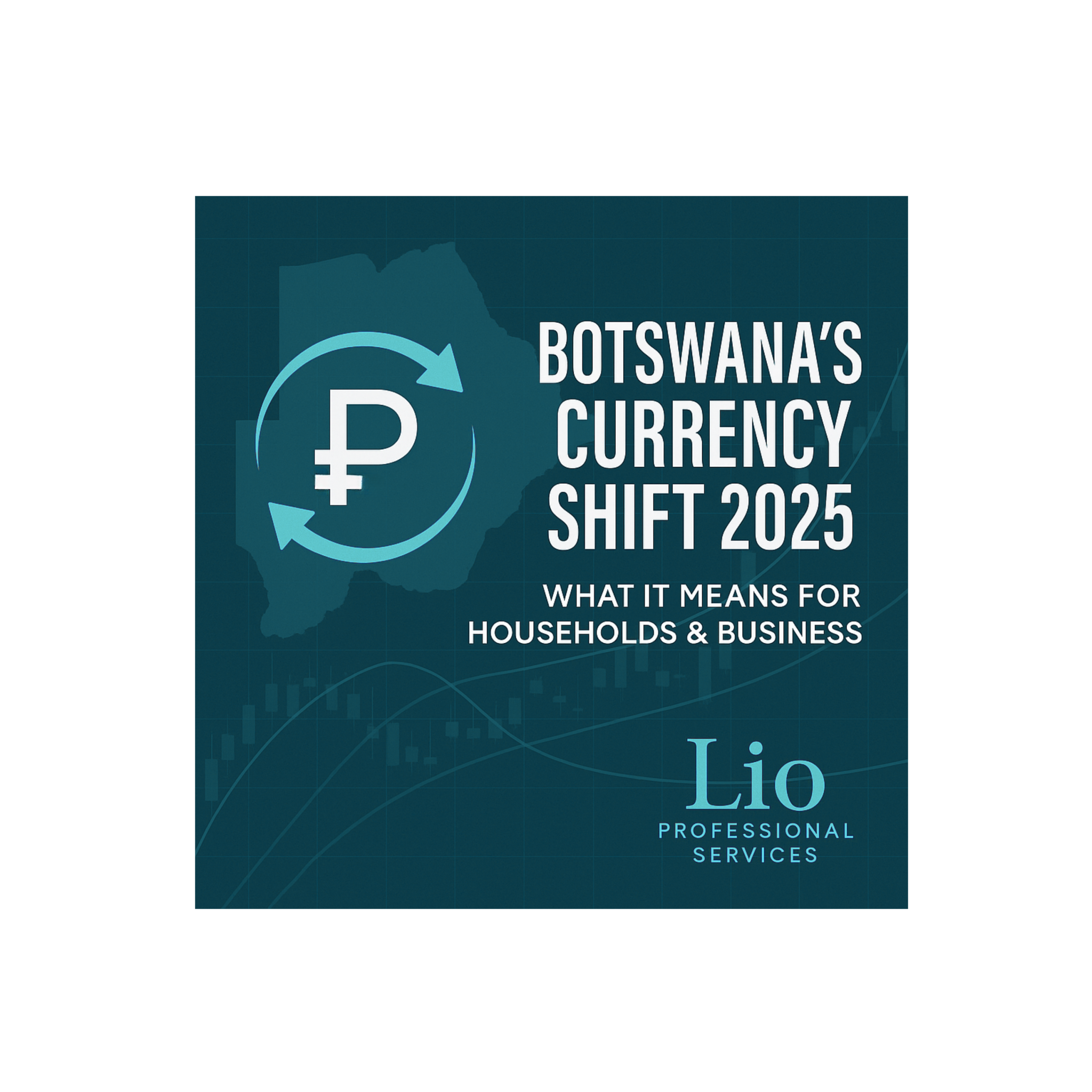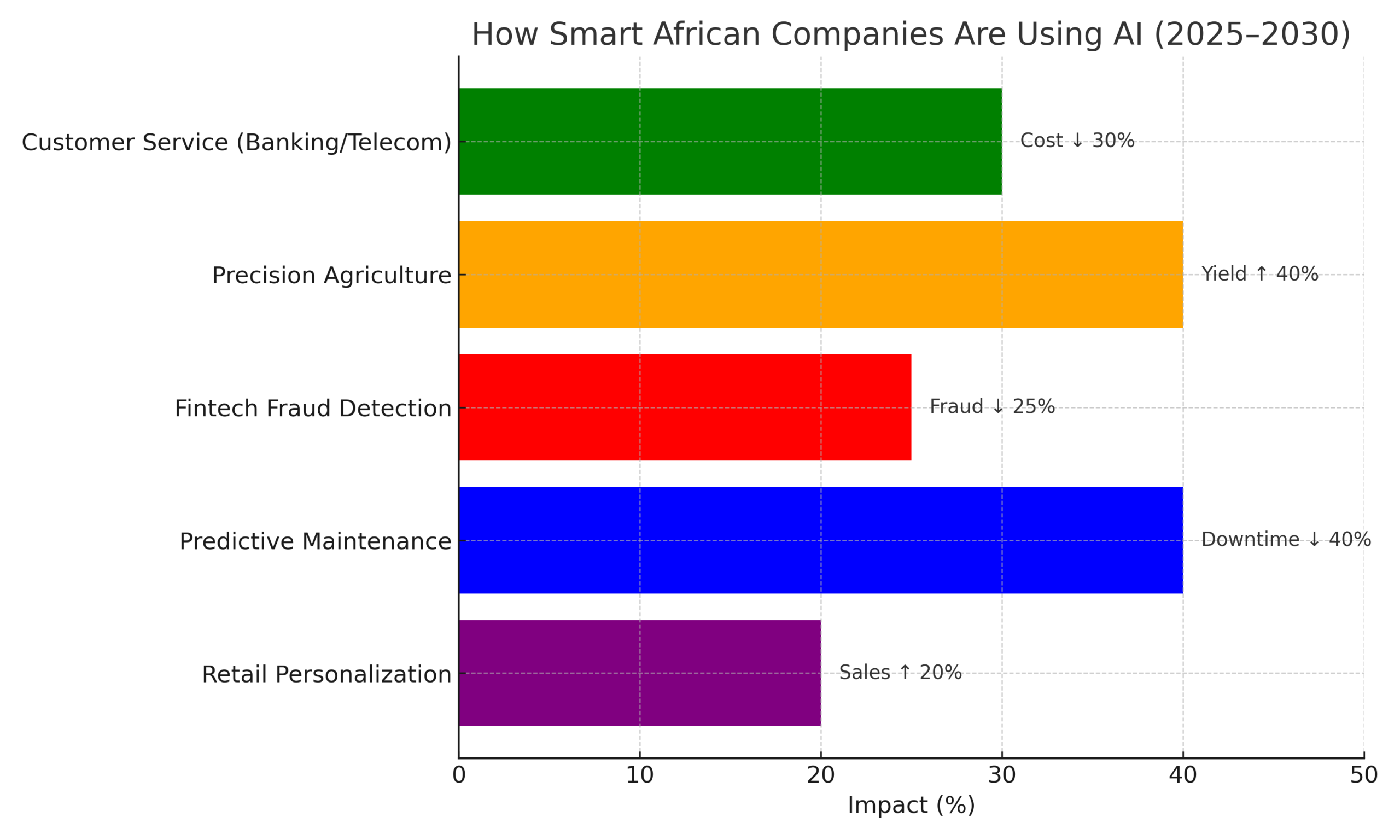Introduction
On July 11, 2025, Botswana’s Ministry of Finance and the Bank of Botswana introduced a series of major changes to the country’s exchange rate policy. These adjustments are a direct response to falling foreign reserves, a weakening diamond sector, and the need to strengthen economic resilience.
In this blog, we unpack:
- What the new policies are
- Why they were implemented
- How they affect households and businesses
- Critical expert perspectives
- What you can do to stay ahead
💱 What Changed in Botswana’s Currency Policy?
Here’s a summary of the key adjustments:
| Policy Area | Old Position | New (July 2025) | Impact |
| Rate of Crawl | -1.51% | -2.76% depreciation/year | Faster Pula weakening |
| Forex Trading Margin | ±0.5% | ±7.5% | More volatility, wider buy/sell spread |
| Central Bank FX Trading Threshold | USD 1M | USD 5M | Smaller banks rely on interbank market |
| Currency Basket Composition | 50% ZAR / 50% SDR | Unchanged | No immediate impact |
📉 Why Now? Understanding the Economic Context
- Foreign Reserves Crisis: Reserves have dropped to 5.2 months of import cover—half the traditional buffer.
- Economic Contraction: Botswana’s economy has shrunk two years in a row (2024 & 2025), largely due to a fall in diamond mining output.
- Import vs. Export Imbalance: High import demand and falling export earnings have strained reserves further.
The government’s goal:
To boost economic competitiveness, reduce reliance on diamonds, and manage inflation within the 3–6% target range.
🛒 What This Means for Households
The average Motswana is likely to feel these changes in day-to-day life:
- Rising Cost of Imported Goods
Expect electronics, cars, fuel, and foreign food products to become more expensive.
- Inflationary Pressures
As import prices rise, businesses may pass costs onto consumers, contributing to inflation.
- More Expensive Travel & Remittances
With a weaker Pula, sending money abroad or traveling will require more local currency.
- Shift Toward Local Products
Imported goods become less attractive, potentially increasing support for local businesses.
🏢 Implications for Businesses
Businesses will be affected differently depending on their operations:
| Business Type | Effect |
| Exporters | Gain price competitiveness internationally |
| Importers | Face rising costs for raw materials and finished goods |
| SMEs | Must rely on commercial banks for forex; potentially higher rates |
| Tourism, Agriculture, Manufacturing | Stand to benefit from local demand and competitiveness push |
🗣️ Backlash and Expert Opinions
Following the announcement:
- Retailers raised prices, citing policy changes.
- Vice President Gaolathe warned businesses not to use the reforms to justify unjustified price hikes.
- The Competition and Consumer Authority (CCA) launched investigations into anti-consumer practices.
- Business Botswana expressed concern about poor consultation and negative business impact.
📉 Criticism from Economists:
- Importers are effectively hit with a 7.5% devaluation cost.
- Exporters get less-than-favorable rates, reducing incentives.
- The spread benefits banks and the central bank, acting as a “hidden tax” on the economy.
Some experts argue the policy was rushed and could worsen inflation without solving structural issues.
🔄 What Needs to Happen Next
Currency policy alone won’t fix the economy.
Botswana must pair this reform with:
- Public sector productivity improvements
- Private sector growth support
- Trade policy reform
- Economic diversification
Without this, the risk is higher inflation, weak growth, and sustained pressure on reserves.
✅ What You Should Do (Households & Businesses)
For Individuals:
- Prioritize local goods and services
- Delay major imported purchases if possible
- Track inflation and adjust budgets
For Businesses:
- Review pricing and sourcing strategies
- Hedge foreign currency exposure
- Focus on efficiency and cost control
- Explore new local or export markets
Need help reviewing your strategy? We can assist.
📢 Final Thoughts
These policy changes are a wake-up call. Botswana is shifting gears—but that shift comes with short-term pain for long-term gain.
Whether you’re an individual, a growing business, or a corporate leader, understanding these changes and planning accordingly is critical.
🎧 Prefer Audio? Listen to the Podcast
🎙️ We’ve turned this article into a short podcast episode—ideal for on-the-go listening.
👉 Listen here https://bit.ly/46Yn1wf
🙌 Like What You Read?
This blog took time to compile and simplify.
If you found it valuable, please:
SUBSCRIBE FOR FUTURE CONTENT https://liopservices.online/contact/
✅ Like
📤 Share
📲 Follow us
This shows there’s interest in more content like this.





